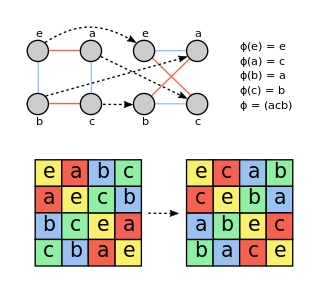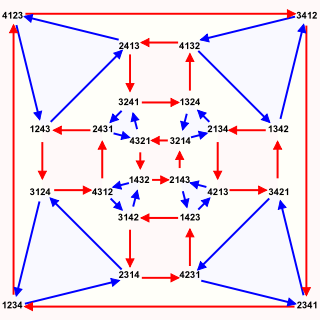
Mathematics can be used to study Sudoku puzzles to answer questions such as "How many filled Sudoku grids are there?", "What is the minimal number of clues in a valid puzzle?" and "In what ways can Sudoku grids be symmetric?" through the use of combinatorics and group theory.
Contents
- Puzzles
- Minimum number of givens
- Total number of minimal puzzles
- Variants
- Mathematical context
- Sudokus from group tables
- Solutions
- Ordinary Sudoku 2
- See also
- References
- Further reading
- External links
The analysis of Sudoku is generally divided between analyzing the properties of unsolved puzzles (such as the minimum possible number of given clues) and analyzing the properties of solved puzzles. Initial analysis was largely focused on enumerating solutions, with results first appearing in 2004. [1]
For classical Sudoku, the number of filled grids is 6,670,903,752,021,072,936,960 (6.671×1021), which reduces to 5,472,730,538 essentially different solutions under the validity preserving transformations. There are 26 possible types of symmetry, but they can only be found in about 0.005% of all filled grids. An ordinary puzzle with a unique solution must have at least 17 clues. There is a solvable puzzle with at most 21 clues for every solved grid. The largest minimal puzzle found so far has 40 clues in the 81 cells.





























